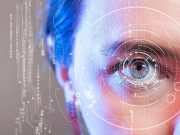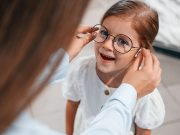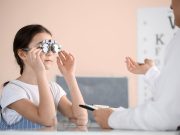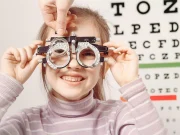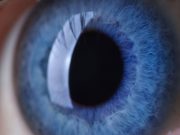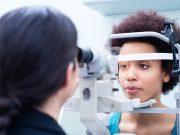Tag: Myopia (Nearsightedness)
AAO: Wavelight Plus LASIK Achieves Better Outcomes Than SMILE Pro
Uncorrected distance visual acuity of 20/20 or better was achieved in 92 percent of LASIK group, 74 percent in SMILE group
FDA Authorizes Essilor Stellest Eyeglass Lenses for Children With Myopia
Trial data show eyeglass lenses slow myopia progression versus single vision control lenses
Omega-3 PUFA Intake May Be Protective Against Myopia
Axial length longest in lowest versus highest quartile of ω-3 PUFA intake; corresponding trend seen in cycloplegic spherical equivalent refraction
Diversified Segmental Defocus Optimization Spectacles Delay Myopia in Children
Addition of 0.01 percent atropine did not increase the efficacy of DSDO spectacle lenses
Relative Peripheral Refraction Predicts Myopia Progression in Children
Children with faster myopia progression have higher axial length, lower spherical equivalent, higher horizontal and vertical relative peripheral refraction
Capsular Tension Ring Implantation Linked to Improved Intraocular Lens Stability
Intraocular lens tilt and rotation were smaller in the CTR group than the control group
Highly Aspherical Lenslet Spectacles Reduce Myopia Progression
Wearing spectacles with highly aspherical lenslets versus single-vision spectacle lenses reduces myopia progression and axial elongation over five years
Daily Screen Time Tied to Higher Myopia Risk
Each daily one-hour increment of digital screen time associated with 21 percent higher odds of myopia
Discontinuing Multifocal Contacts Does Not Diminish Treatment Effect in Myopia
No evidence seen for loss of treatment effect with discontinuation of multifocal contacts in older teenagers with myopia
Global Prevalence of Child Myopia Is Increasing
Higher proportion of myopia exhibited in those living in East Asia or urban area and in females, adolescents, and high school students


